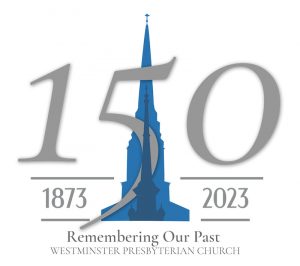
Dr. Armand L. “Buck” Currie served as Moore Memorial’s pastor from 1930 to 1933 and returned to serve as Westminster’s pastor from 1949 to 1966. By the time Dr. Currie returned, the membership was over 1,800 and the church’s annual budget topped $100,000. Under Dr. Currie’s leadership, Westminster began holding two worship services, at 8:30 and 11 am.
When the church received an anonymous donation of $50,000 to purchase a pipe organ, Thomas H. Webber, Jr. was hired as minister of music and organist. He designed the organ and his wife organized a children’s choir program.
Although several attempts at Presbyterian re-unification had been made after the Civil War, the issue of race continued to divide the northern and southern churches. After the U.S. Supreme Court handed down its landmark decision in the case of Brown v. Board of Education of Topeka in 1954, Westminster’s session voted that if African Americans wished to attend the church’s worship services, “they should be greeted and ushered to available seats.” Six years later when Nashville was the scene of sit-ins to integrate the downtown lunch counters, Westminster experienced no problems.
Due to the rapid growth of the congregation, Westminster purchased the Gray property behind the church (from which the lot to build the church sanctuary was initially purchased) and in 1958 launched its third capital campaign to build an additional education wing. The children’s building was completed and dedicated in 1960.
[Excerpted from Carole S. Bucy, Ph.D.’s article “A Brief History of Westminster Presbyterian Church,” April 2009]